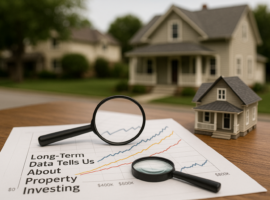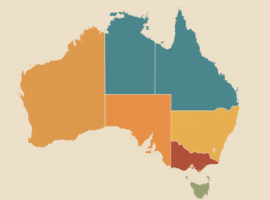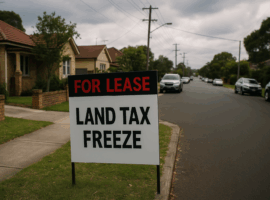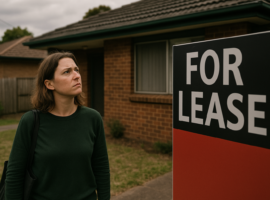Capital city rental markets have reported generally tightening rental markets over October with vacancy rates falling in most capitals reflecting rising seasonal demand. Most capitals however again recorded steady house rents over October compared to the previous month, however rents were higher in Darwin by 2.0% with Adelaide and Hobart house rents falling by 0.4%…
If a picture paints a thousand words, then this collection of charts should do a pretty good job of painting the landscape as it affects our economy and our property markets. Each month the RBA summarises macroeconomic and financial market trends in Australia by providing a detailed chart pack. World Economy Australia’s economy doesn’t operate in…
While it’s not typically required by law, most financial products such as ETFs and managed funds report historical investment returns over 1, 3, 5, and 10 years, as well as since inception. This data is incredibly useful, as it allows investors to assess performance over the short, medium, and long term, all of which are…
“What do you want your retirement to look like?” Most people pause when I ask that. Then they give vague answers: I want to travel more” or “spend time with the grandkids.” Nice ideas. But vague answers don’t lead to meaningful action. At Metropole, we’ve learned that the best way to help our clients build…
Nationally, asking prices rose 1.9% for houses and 1.4% for units over the month, with combined dwellings up 1.6% month-on-month and 9.7% year-on-year, according to SQM Research’s Weekly Asking Prices Index for the week ending 28 October 2025 which revealed a continued upward momentum. Sydney house asking prices eased marginally (-0.04%) to $2.1 million yet…
Most investors expect their tax bills to rise when they buy more property, not when they simply sit still. Yet that’s exactly what’s about to happen in New South Wales. The NSW Government’s recent decision to freeze land tax thresholds means property owners from mum-and-dad investors to self-managed super funds (SMSFs) will pay more tax…
As many young Australians struggle to enter the housing market, research shows the “bank of mum and dad” is often called on to help. But what kind of financial support are parents willing to offer their kids? And how has that changed over time? That’s what our recent survey of 1,725 Australian parents – mostly…
If you’re involved in a property transaction, you shouldn’t have to worry about scammers circling like sharks. Yet new research from PEXA has revealed something deeply concerning: 97% of Australians who recently bought or intend to buy a property failed to spot the warning signs of a settlement scam. Think about that. Almost everyone thinks…
Property investment can be an exciting way to build your assets, grow wealth and increase cash flow. But while many investors start out with the best intentions, only a few will ever make it to the top of the property investment ladder. Why? Some make some wrong decisions, others take bad turns. To help…
Australia’s rental market is seeing renewed strength as national vacancy rates reach a new record-low, according to Cotality’s latest Quarterly Rental Review. Cotality’s seasonally adjusted Rental Value Index saw national dwelling rents post a 1.4% rise in Q3, its largest three-month increase since June 2024, and a significant uptick from the 1.1% lift recorded in…












